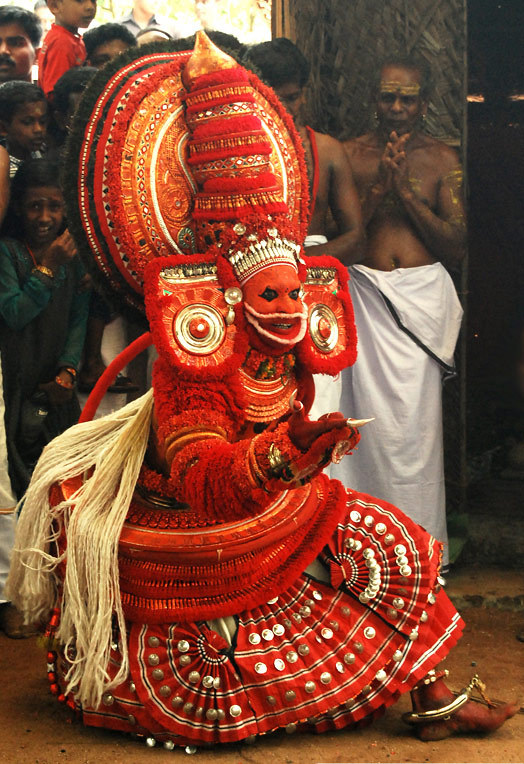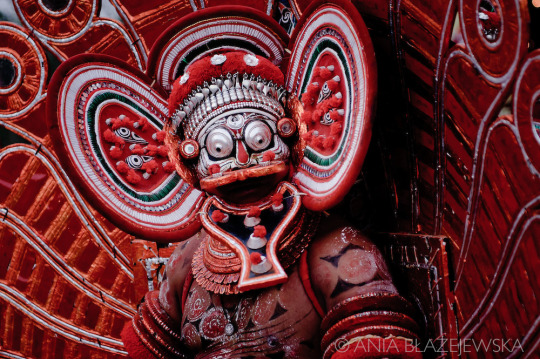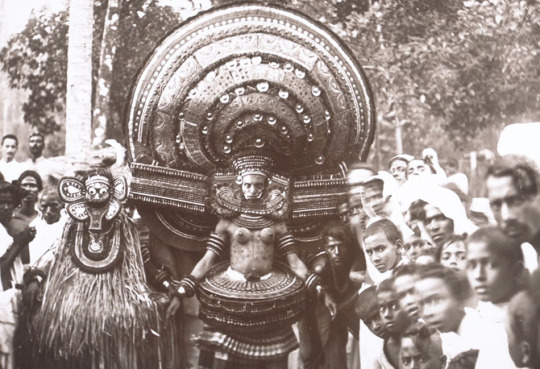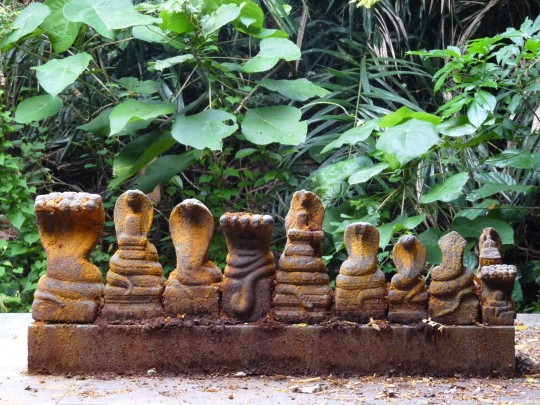Text
to the person who said she thought “there must be something inherently wrong with men”… (she meant AMAB people, but was a trans-exclusionist so…)
no. nope. not at all.
neuroscience has disproven the idea of “male brain” vs “female brain” time and time again. the only difference is the average size of the AMAB brain, but that is white matter, and doesn’t correlate with brain functioning.
any other differences come about due to socialisation.
AMAB people are more likely to be exposed to toys that help them learn things like spatial awareness and pattern recognition, which then helps them in STEM later down the line.
AFAB people are more likely to be exposed to toys that help them learn things like creativity, caring behaviours, and social bonding, which then helps them in arts, as well as care-based careers later down the line.
AMAB people are encouraged to be loud and discouraged from showing emotion, and AFAB people are taught the opposite.
endocrinologists have proven that there’s very little link between testosterone and bad behaviour. not only that, it’s not uncommon for AFAB folk to have high testosterone levels, and this doesn’t seem to cause aggression in them. similarly, some AMAB folk have low testosterone.
there’s nothing inherently wrong with AMAB people. it’s not biological. it’s not inevitable that a man will be a bad person. the issue is societal ideals that frame masculinity as being violent. society pressures men to be violent and toxic and bad, but individual men can make individual choices.
it’s a slippery slope to say that being AMAB or being masculine automatically leads to violence and hatred of women. because then… then… it would be pointless trying to teach men how to be better. the whole of feminism would be pointless if it was inevitable that men are going to hurt women.
what kind of mental gymnastics are these people doing that they think it’s feminist to say biologists are wrong, men are just made to be evil?
321 notes
·
View notes
Photo







In India, you can attend to a popular Hindu ritual of worship called Theyyam. It is an ancestral cult for Hindu population, which is divided by castes.
The Theyyam worship is special because it involves all the castes and classes of the Hindu people living in the region. Theyyam is performed by male members of particular castes in most cases, but in the north of Kerala, some women do it to embody particular goddesses or heroins. Men from Malayan, Pulayan, Vannan, Anjoottan, Munnutton, Velan, Chungathan, Koppalan and Mayilon are part of the castes who perform Theyyam.
The performers of Theyyam are all members of the indigenous tribal community, and they have an important position in Theyyam. This is unique, since only in Kerala, do both the upper-caste Brahmins and lower-caste tribals share an important position in a major form of worship.
The term Theyyam is a corrupt form of Devam or God. People of the districts in which Theyyam happens consider the performers of the Theyyam itself as a deities and look forward to getting blessed from the Theyyam.
To get the appearance of super-human, original and colourful costume and make-up are used in Theyyam dances. An essential component of the costume of the Theyyam performer are the leaves of coconut tree, cut and made into different shapes and sizes. All the dancers wear a very special massive headgear with a structure that is usually prepared from arecanut tree and bamboo as it is for the « uduthukettu », the waist-dress. It takes hours to make up and prepare the dancers. It is part of the performer's specific skills to be able to craft the pieces of clothing, put the make-up on to another dancer, dance, sing, and know the stories of all the gods.
People from the village attend the metamorphosis. So the performer gets gradually dressed through the whole ceremony and is only fully dressed up at the peak of the ceremony. The face is decorated with red and yellow make up in intricate patterns. To make the costumes more attractive, red colored flowers are also sticked to the fancy dresses. The performance happens in front of the village and all the people can attend it. The devotees stand up or can be sitting on a sacred tree or stool in front of the shrine where the deity they are embodying are supposed to live.
Theyyam tells the story of people who lost their lives in battlefield, pangs of women who committed suicide or persons killed by the local chieftains. Such heroes or gods are honoured through theyyams, the ceremonies performed in front of shrines.
The dancer along with the drummers recites the particular ritual song, which describes the myths and legends of the deity of the shrine or the folk deity to be propitiated. The dancer comes in front of the shrine and gradually “metamorphoses” into the particular deity of the shrine.
There are about 450 known forms of « theyyams » and each has got its own myth and style of costumes, make-up, choreography and songs. After the dance, people also consult the performers because they can see the future. There is a charge for the consultation.
12 notes
·
View notes
Video
Nostalgia from Classmates movie....
0 notes
Video
Thaikudam Bridge's Nostalgia.
0 notes
Video
youtube
Zammilooni meaning "Cover me" in Arabic.
0 notes
Photo

Nangeli was an Ezhava woman who lived in the early 20th Century in today's Cherthala of Alappuzha. Living at a time when women of lower caste had just begun fighting for the rights to cover their breasts. Rule was that, if you wanted to cover your breasts you had to pay a tax to do so- Mula Karam or Breast Tax. Nangeli and her husband Kandan were members of SNDP and strong rebels of the cause. So one day, the tax collectors arrived at her house and demanded tax. When the harassment grew, Nangeli got up and went into her house. The Victorious Tax collectors waited for her to present the cash. The untouchables presented their tax by placing the cash in a banana leaf with a lighted lamp, on the verandah. What awaited the tax collectors were beyond their wildest imagination- Nangeli chopped off both her breasts with a kitchen knife, placed it on the Banana leaf along with the lighted Nilavilakk and asked the Tax Collectors "I only have to pay if I have these, right?"
She died bleeding from the wound. Her husband Kandan became the first and only reported case of male Sati in India (world) , after he jumped into her burning pyre and gave up his life. The then King of Travancore- fearing an uprise and rebellion ordered an immediate stop to the tax.
Now for the sad part- the place where Nangeli's house stood was called Mulachi Paramb till recently. The Land of the Breasted One. But now it has been changed to Manorama Junction!!! How can history be so unjust to one of the most amazing women in all of history??? HOW?
Pic Courtesy: A painting that was gifted to Nangeli's relatives by Artist T Murali some years ago.
4 notes
·
View notes
Photo

Puloorali and Kuttichathan Theyyam
Kerala,India, 1901. (via Wikimedia)
Theyyam is a popular ritual form of worship of North Malabar in Kerala, India, predominant in the Kolathunadu area and also in Kodagu and Tulu nadu of Karnataka as a living cult with several thousand-year-old traditions, rituals and customs.
The performers of Theyyam belong to the lower class community, and have an important position in Theyyam. (x)
21 notes
·
View notes
Video
youtube
#IdukkiGold #Malayalam #Mallusong #Mallu #MalayalamSong
0 notes


